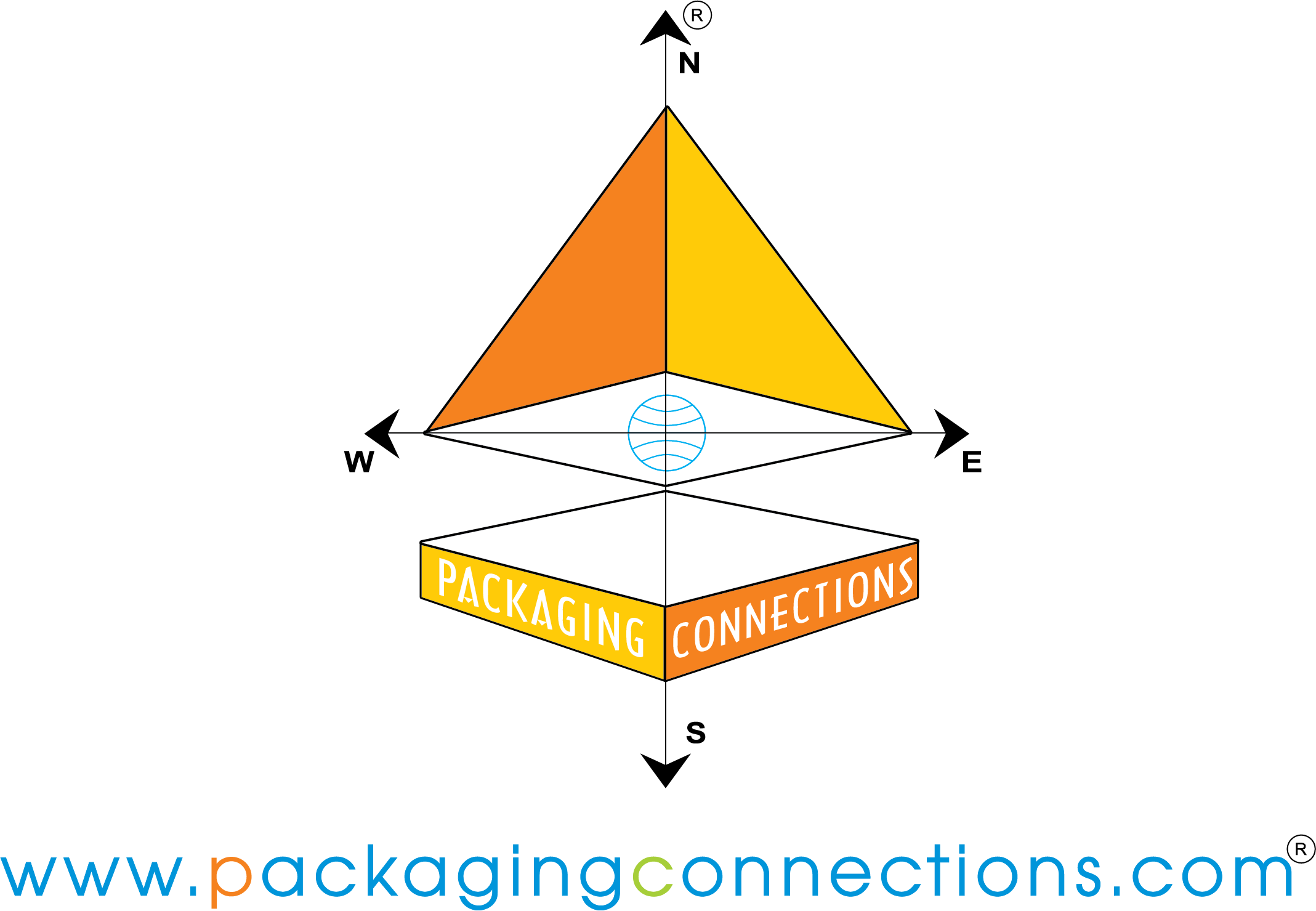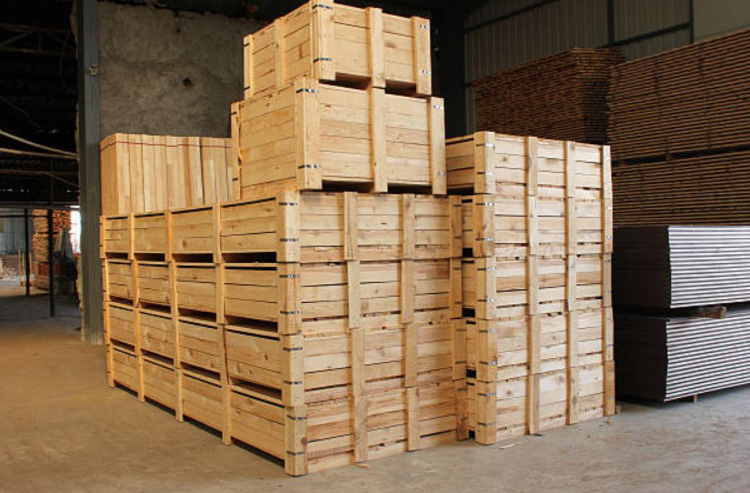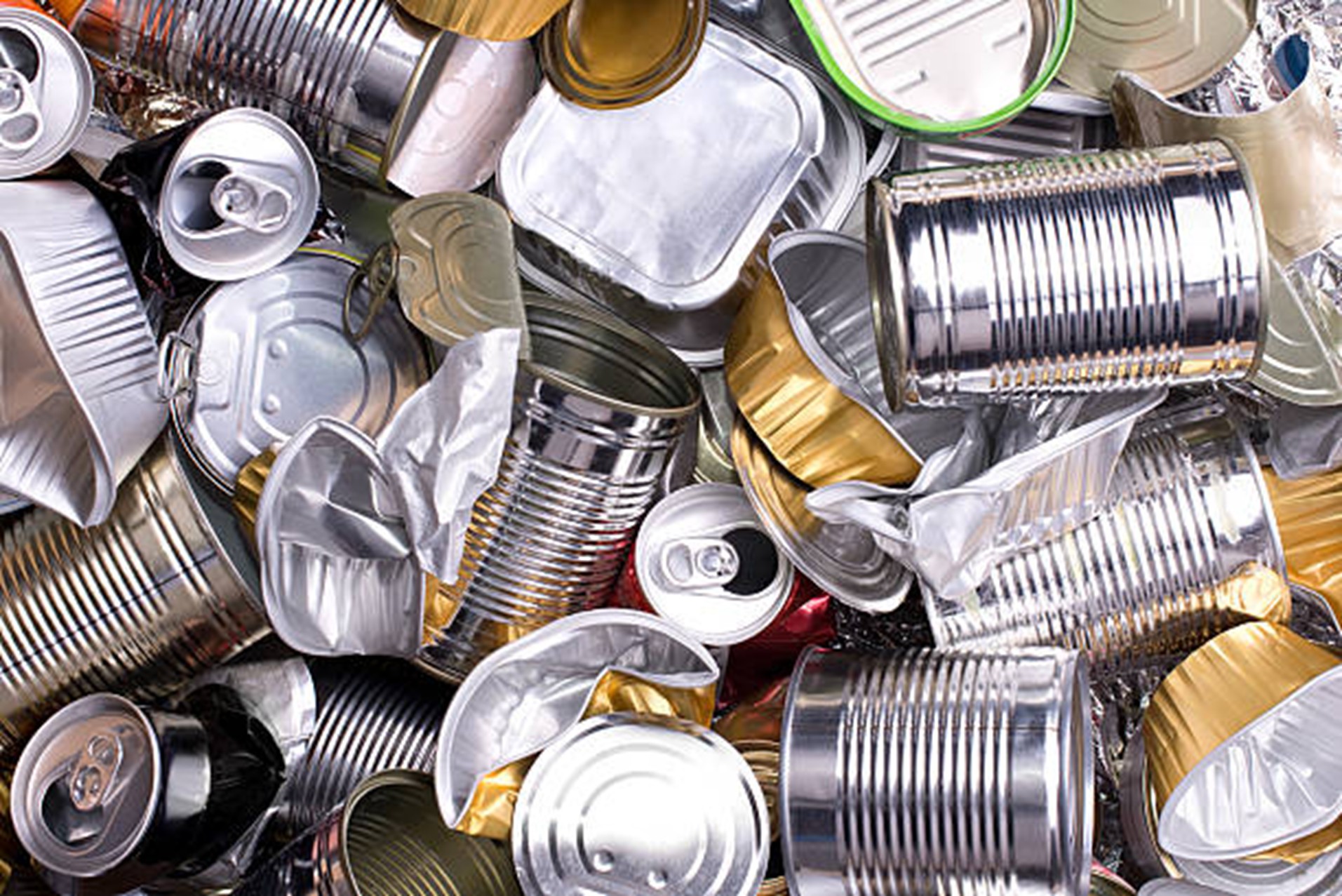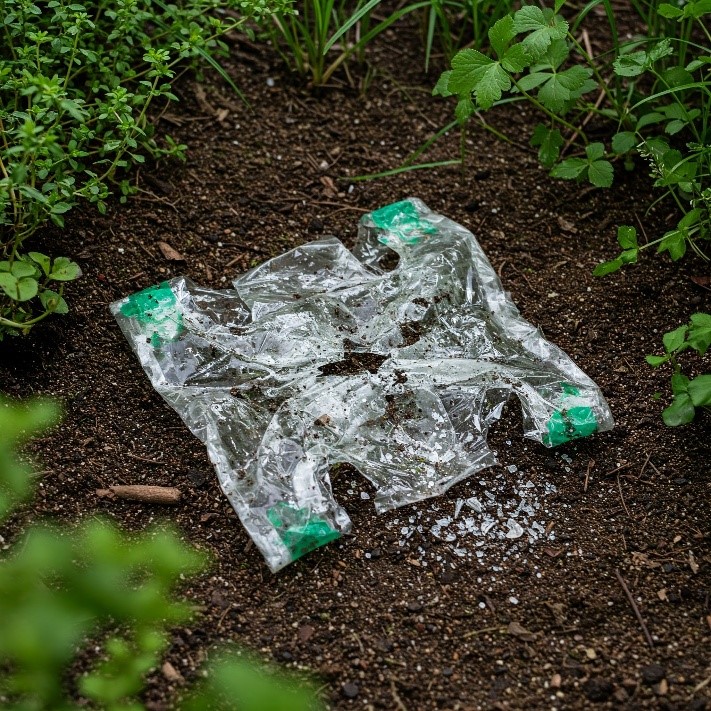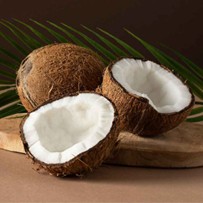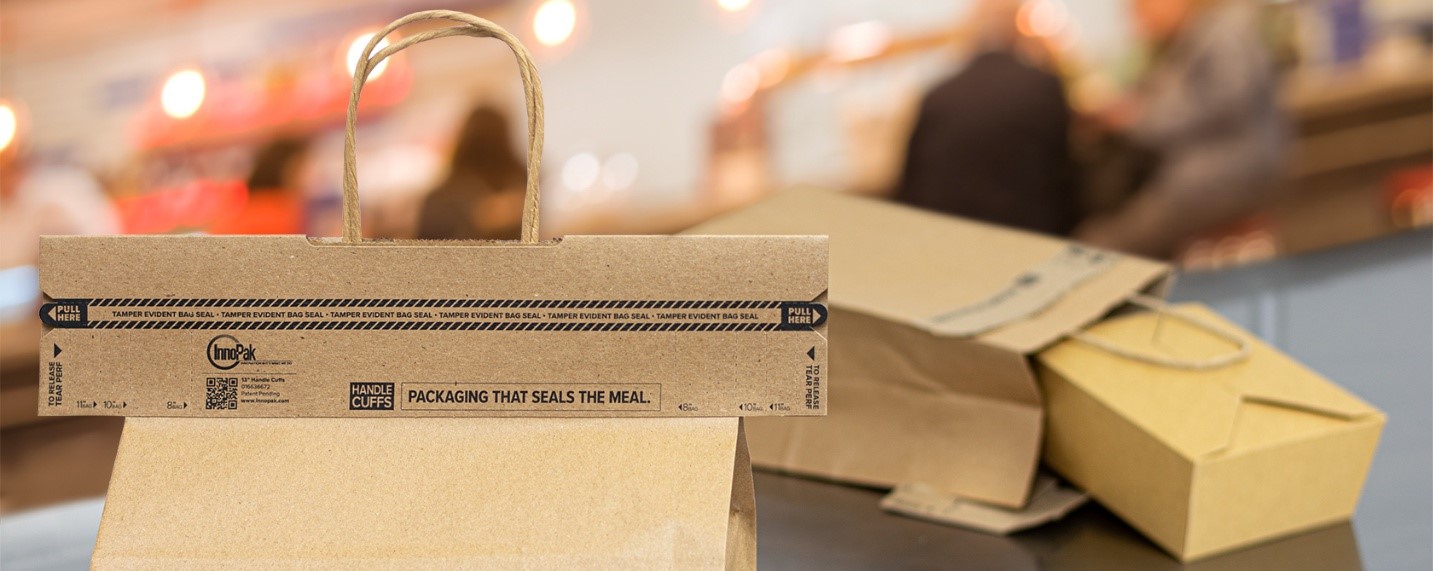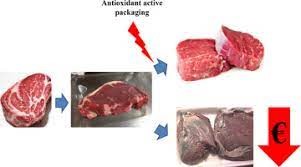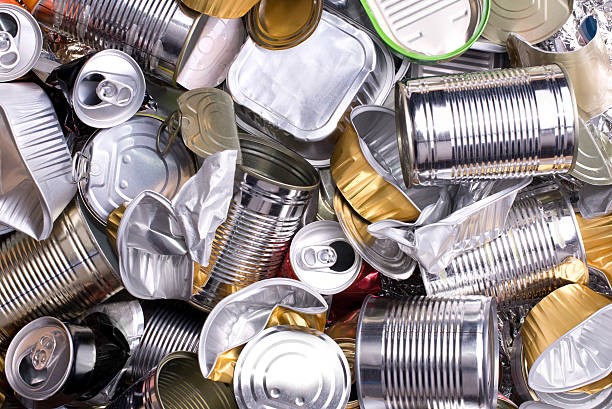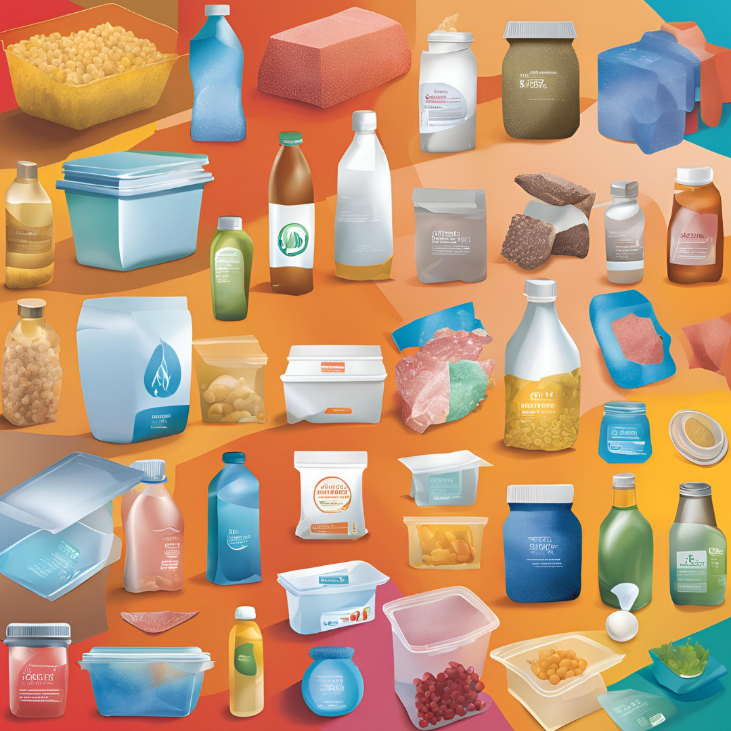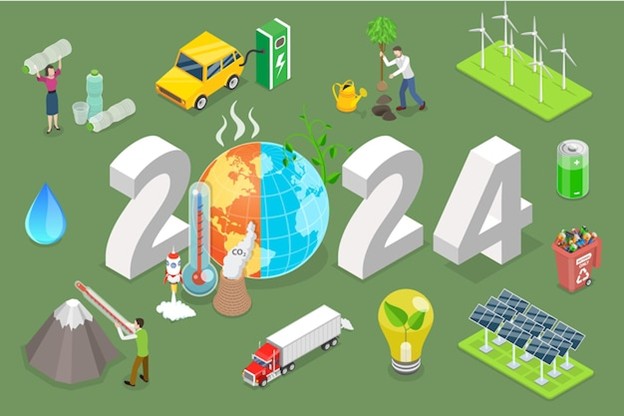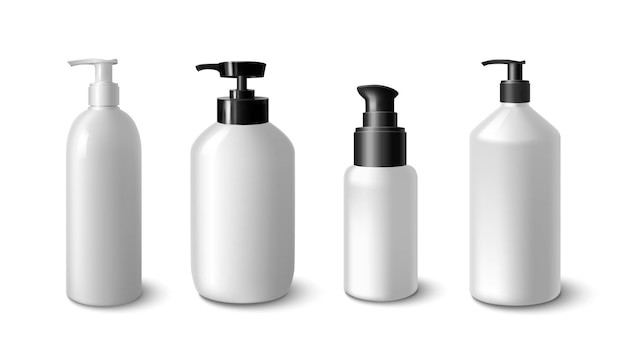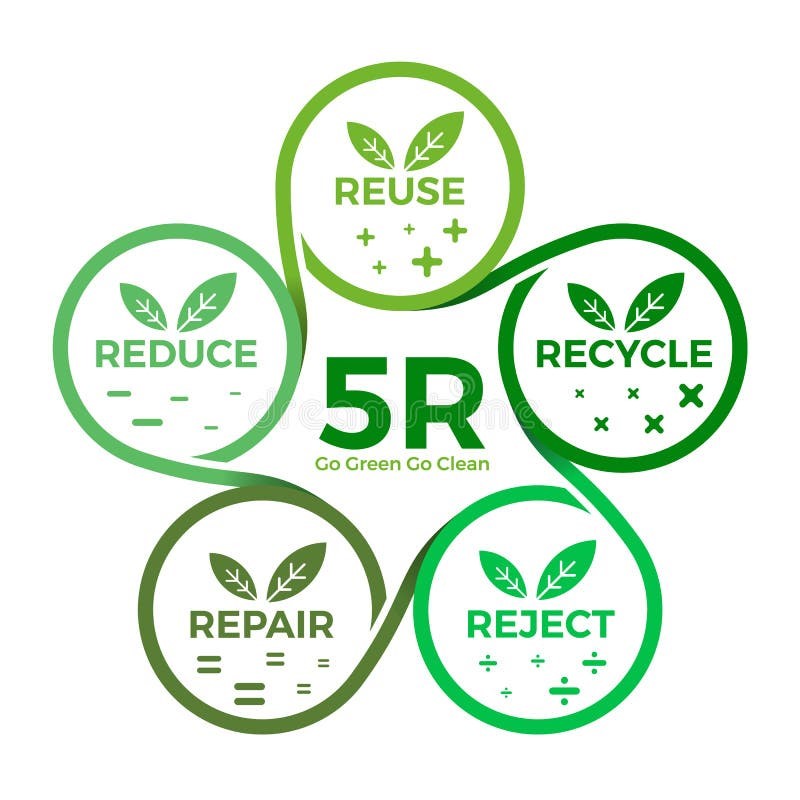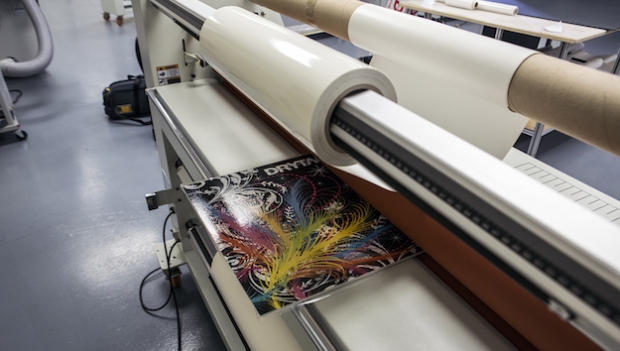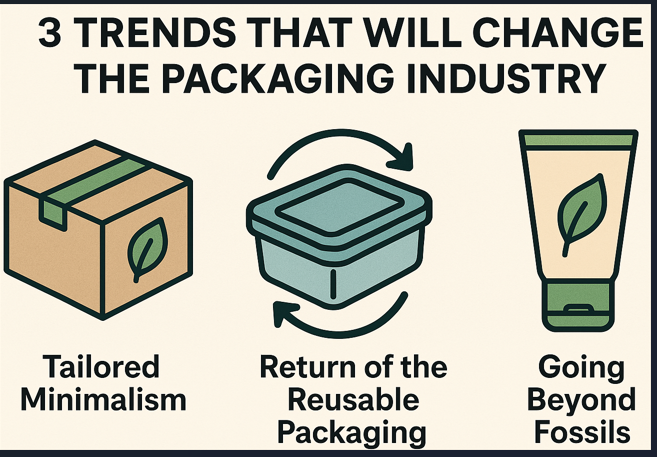Currently learning Ananda Yoga. Born in Hardwar, the holy city at River Ganga . Working on various pharma packaging solutions to make sure the medicines reach safely to patients. Effective experience in developing packaging solutions as a Research Scientist at Ranbaxy Laboratories Ltd, New Delhi (Now part of Sun Pharma), India and then as a packaging development manager at Hindustan Unilever Ltd, Bangalore. At Unilever managed the packaging innovations for the food products. Later moved to earn MS in Packaging Science from Rochester Institute of Technology (RIT), NY, USA and also taught testing methods to undergrad students. Later moved back to India in Technical services for Melinex Polyester Film at ICI India and then as GM India for Rexam Medical Packaging operations. After this moved as the regional director of PepsiCo for the packaging development at Asia region and Business Head at REXAM Pharma Packaging India Pvt Ltd, Bangalore. Later started www.packagingconnections.com : Your Destination for Anything in Packaging; Online direct contacts, No middlemen
Specialties: Pharma packaging development, packaging innovations management, helping foreign pharma packaging companies entering India to set up their business and get the initial direct feedback from the market, customer surveys, connecting packaging professionals worldwide. Currently also working on environment friedly packaging solutions and would be interetsed to know more
Specialties: Pharma packaging development, packaging innovations management, helping foreign pharma packaging companies entering India to set up their business and get the initial direct feedback from the market, customer surveys, connecting packaging professionals worldwide. Currently also working on environment friedly packaging solutions and would be interetsed to know more
Haryana
117 Suncity Business Tower
Golf Course Road, Sector 54
Gurgaon 122002 , Haryana
India
Golf Course Road, Sector 54
Gurgaon 122002 , Haryana
India
